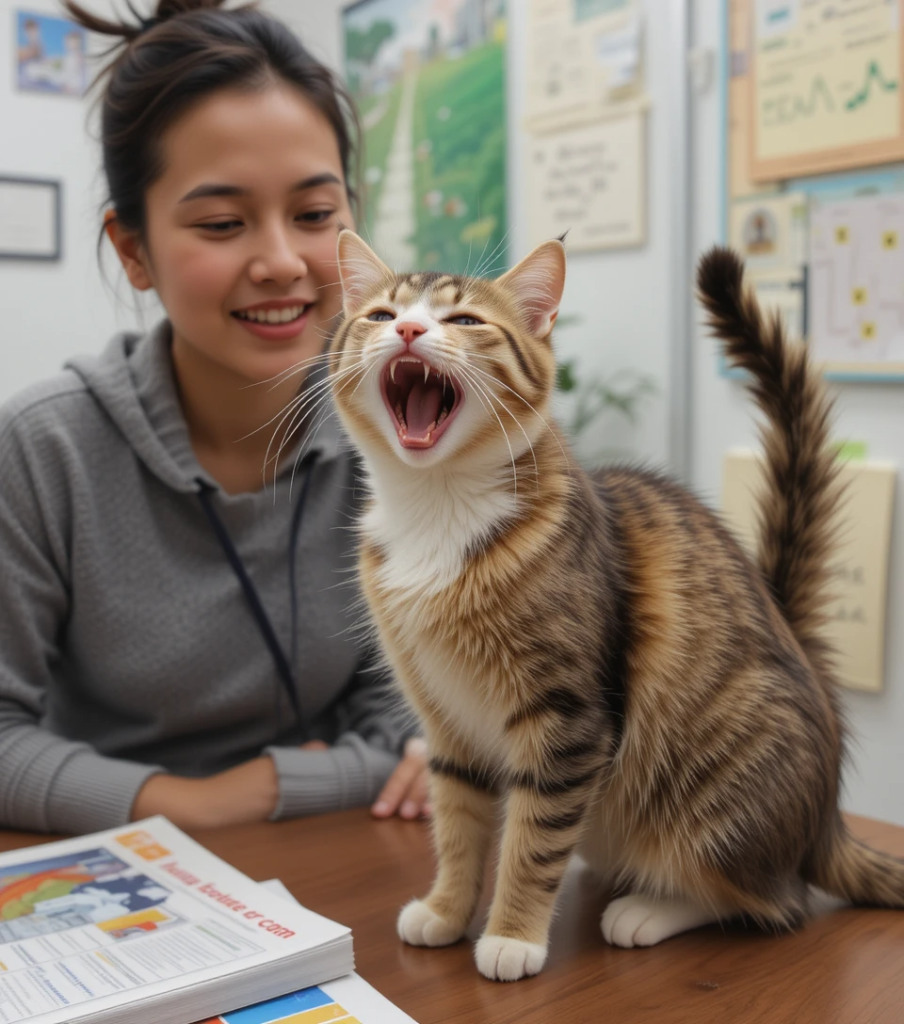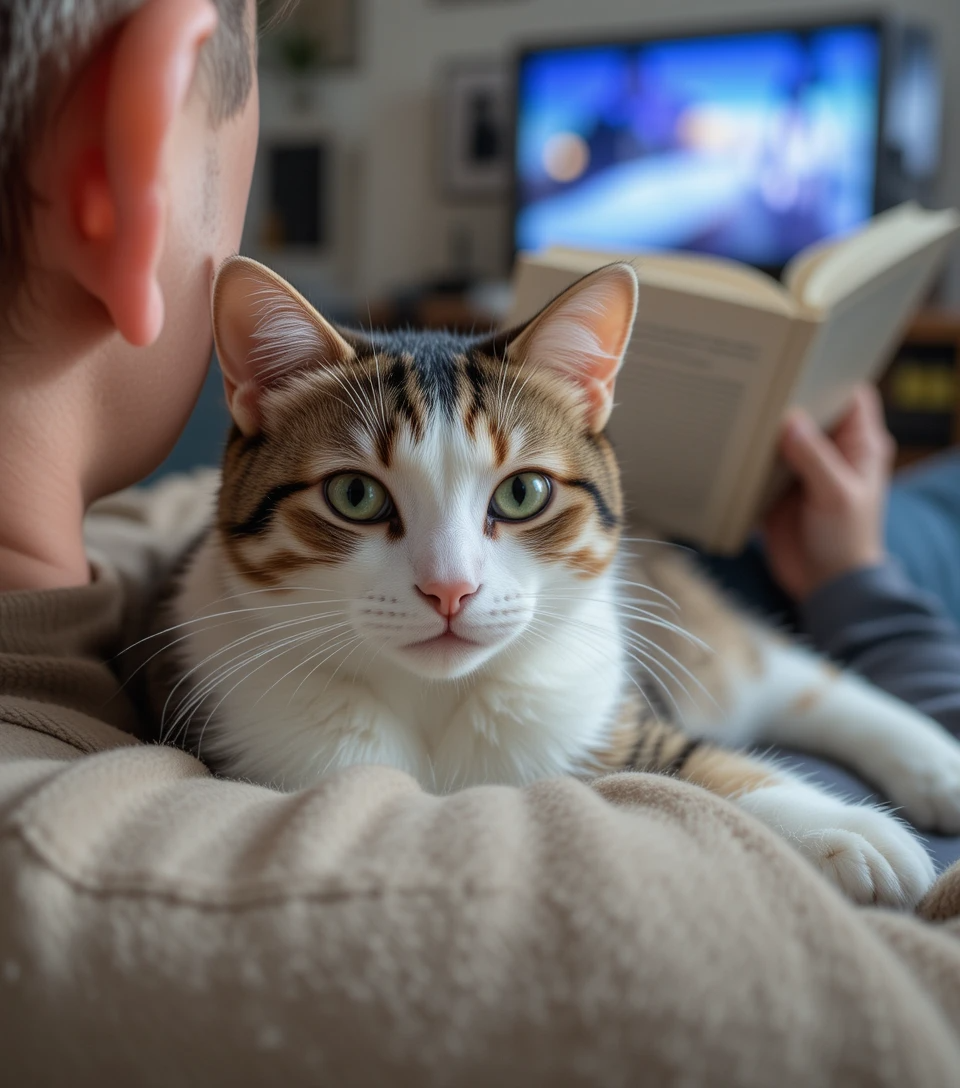Cats are mysterious, graceful, and often misunderstood. If you’re thinking of getting a cat, you’re probably picturing cozy cuddles, soothing purrs, and an independent pet that takes care of itself. But the truth may surprise you—in both delightful and eye-opening ways. Before you adopt your first feline friend, it’s important to understand what cat ownership truly involves.
1. Why People Fall in Love with Cats

Cats have a special way of capturing hearts. Their soft fur, quirky personalities, and calming presence make them beloved companions across the world. Many people find their independent nature refreshing—unlike dogs, cats typically don’t demand constant attention.
Yet, despite their aloof reputation, many cats form deep emotional bonds with their humans. In fact, studies have shown that living with a cat can reduce stress and improve mental health. Whether they’re curling up beside you or playfully chasing a feather wand, cats offer a unique kind of companionship.
2. The Truth About Cat Ownership
While cats can be low-maintenance in some ways, they’re not entirely hands-off pets. The truth about cat ownership includes a few surprising realities:
- Litter box duty is daily—and ignoring it can lead to behavioral issues.
- Cats need stimulation or they may become bored and destructive.
- Veterinary care is essential, even if your cat seems healthy.
- Scratching is natural, so prepare your furniture accordingly.
Owning a cat is a long-term commitment that involves time, attention, and budgeting—not just cuddles and Instagram moments.
3. Are You Ready for a Cat?
Here’s a quick checklist to see if you’re ready for a feline companion:
- ✅ Can you afford monthly expenses (food, litter, vet care)?
- ✅ Are you home often enough to provide interaction?
- ✅ Do you have time for grooming and play?
- ✅ Can you commit to 12–20 years of care?
- ✅ Are all household members on board?
If you answered “yes” to most of these, you’re likely ready to take the next step!
4. Choosing the Right Cat for You
Not all cats are the same. Some are energetic and playful, while others are calm and cuddly. Breed, age, and temperament all play roles.
- Kittens require lots of attention and training.
- Adult cats are often calmer and may already be litter trained.
- Shelters and rescues offer cats of all types, and staff can help match you to the right personality.
Tip: Consider adopting from a shelter—it’s a rewarding and ethical choice that saves lives.
5. Preparing Your Home
Before your new pet arrives, take time to cat-proof your space. Here’s what you’ll need:
- 🐾 Litter box (1 per cat, plus one extra)
- 🐾 Cat food and water bowls
- 🐾 Scratching post or cat tree
- 🐾 Toys and interactive items
- 🐾 Soft bed or cozy hiding spot
Make sure to remove toxic plants, secure cords, and keep small objects out of reach. Cats are curious creatures!
6. Understanding Cat Behavior

Cats communicate in subtle ways: a flick of the tail, a slow blink, a gentle head-butt. Learning how to read your cat’s behavior helps build trust and avoid misunderstandings.
Common behaviors include:
- Kneading (shows comfort)
- Tail twitching (can signal excitement or irritation)
- Hiding (common when stressed or adjusting)
- Scratching (marks territory and maintains claw health)
Understanding your cat’s signals is key to creating a strong bond.
7. The Cost of Owning a Cat
While cats are generally less expensive than dogs, there are ongoing costs to consider:
| Expense Type | Average Monthly Cost |
|---|---|
| Food & Treats | $20–$50 |
| Litter | $15–$30 |
| Vet Visits (yearly) | $150–$400 annually |
| Toys & Enrichment | $10–$25 |
| Insurance (optional) | $10–$40 |
Unexpected costs—like emergency vet visits—can add up, so it’s wise to budget accordingly or consider pet insurance.
8. Basic Cat Health & Vet Care
Even indoor cats need regular veterinary care. Basic health essentials include:
- Annual checkups
- Vaccinations
- Spay/neuter procedures
- Flea and parasite prevention
- Dental care
Establishing a relationship with a trusted veterinarian ensures your cat stays healthy and happy for years to come.
9. Enrichment and Daily Interaction
Cats are intelligent, curious animals. Without regular play and stimulation, they may develop behavioral issues.
Fun enrichment ideas:
- Puzzle feeders
- Laser toys
- Window perches
- Interactive play sessions
- Cat trees and shelves
A stimulated cat is a happy cat—one less likely to claw furniture or become anxious.
10. Long-Term Commitment and Rewards
Cats can live 12 to 20 years or more. Over that time, they become more than just pets—they become part of the family.
The commitment may seem large, but the emotional rewards are greater: quiet companionship, joyful play, and the calming sound of purring at the end of a long day.
🙋♀️ Frequently Asked Questions (FAQs)
1. What should I consider before getting a cat?
You should consider time, budget, lifestyle, and whether everyone in your home is comfortable with cats.
2. Are cats really low-maintenance pets?
Not entirely. While they are independent, they still need daily care, interaction, and regular vet visits.
3. How much does it cost to own a cat monthly?
Expect to spend around $40–$100 monthly, depending on your cat’s needs.
4. Do cats need regular vet visits?
Yes. Even indoor cats should have annual checkups and vaccinations.
5. Is it better to adopt a kitten or an adult cat?
It depends on your lifestyle. Kittens are playful but need training; adults are often calmer and may be a better fit for busy households.
6. How do I know if a cat is right for me?
If you enjoy independent but affectionate pets and can commit long-term, a cat may be a great match.
7. What are the best supplies to get for a new cat?
Litter box, scratching post, toys, food, bowls, and a cozy sleeping area.
8. Can cats be left alone during the day?
Yes, but they still need interaction, so consider enrichment toys or adopting two cats.
9. How can I make my home cat-friendly?
Provide scratching posts, climbing spaces, cozy hideouts, and remove hazards like toxic plants.
10. Are some cat breeds better for beginners?
Yes. Breeds like the Ragdoll, British Shorthair, or domestic shorthair mixes are known for being gentle and adaptable.

